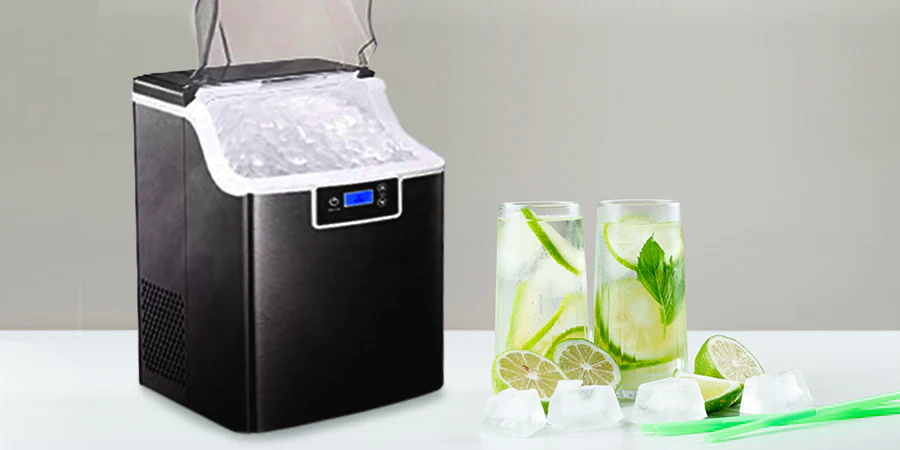Specifications for Cold Storage Blast Freezers in Manufacturing Facilities
Understanding Blast Freezer Specifications for Factories
In today’s fast-paced industrial landscape, the need for effective refrigeration solutions has never been more critical. Industries ranging from food processing to pharmaceuticals rely heavily on blast freezers to quickly and efficiently freeze products, preserving their quality and extending their shelf life. Understanding the specifications of blast freezers is essential for factories to select the right equipment for their operational needs.
What is a Blast Freezer?
A blast freezer is a specialized refrigeration unit designed to freeze food products quickly by circulating cold air at high velocities. This process rapidly lowers the temperature of the product, preventing the formation of large ice crystals that can compromise the texture and quality of food. Unlike traditional freezers that operate at lower temperatures with slower cooling rates, blast freezers can reduce the temperature of food to below -18°C (0°F) within a matter of hours.
Key Specifications
When evaluating blast freezers, several key specifications should be considered
1. Cooling Capacity The cooling capacity, usually measured in BTUs (British Thermal Units) or kilowatts, indicates how much heat the unit can remove from the products per hour. Factories should choose a blast freezer with the capacity that matches their production needs, ensuring it can handle the volume of goods requiring freezing without delays.
2. Temperature Range Blast freezers typically operate at temperatures ranging from -18°C to -40°C (-0.4°F to -40°F). Depending on the types of products a factory deals with, it’s crucial to select a freezer that can achieve the necessary temperatures for optimal preservation.
blast freezer specifications factories

3. Airflow Design The efficiency of a blast freezer largely depends on its airflow system. Proper airflow ensures that cold air is evenly distributed throughout the chamber, promoting uniform freezing. Look for models with adjustable air circulation options to suit varying batch sizes and product types.
4. Construction Material Durability and hygiene are paramount in food production. Stainless steel is commonly preferred due to its resistance to corrosion and ease of cleaning. Additionally, insulating materials used in the construction should ensure minimal heat transfer, promoting energy efficiency.
5. Energy Efficiency As companies increasingly focus on sustainability, energy-efficient models that utilize advanced refrigerants and insulation technology can significantly reduce operating costs. Check for specifications regarding the unit's energy consumption and certifications such as Energy Star that indicate compliance with energy efficiency standards.
6. Control Systems Modern blast freezers come equipped with sophisticated control systems that allow for precise temperature regulation and monitoring. Touchscreen interfaces, programmable settings, and remote monitoring capabilities can enhance usability and efficiency, making it easier to adjust settings based on production requirements.
7. Size and Capacity The physical dimensions of the blast freezer, along with its internal storage capacity, are essential factors to consider. It’s crucial to select a model that fits the factory's space constraints while providing adequate room for the quantity of products that need to be frozen.
Conclusion
The selection of a blast freezer is a critical decision that affects the efficiency and quality of production in various industries. By understanding the key specifications including cooling capacity, temperature range, airflow design, construction materials, energy efficiency, control systems, and size, factories can make informed choices that align with their operational goals. Investing in the right blast freezer not only prevents product loss but also enhances overall productivity, ensuring that factories remain competitive in a demanding market. Ultimately, the goal of an efficient blast freezing process is to maintain the integrity of products while ensuring compliance with safety and quality standards.
















































































































